by Lori Fisher, LCC Executive Director May is a showy month—bursting with news to tell—and so are we! Read on to hear about our freshwater mussels project, some recent advocacy, and why you should avoid “P”ing on your lawn. If you missed a “Zoom a Scientist” session you’ll find our catalogue of the series where you can access past recordings.
Planning a water adventure? We provide tips for playing close to home, share nature notes on spring peepers and wetland greens, and introduce how a “sit spot” can help you access the abundant life in your backyard.
Thank you for caring about the ongoing work for clean, accessible water. If you are in a fortunate position and able to make a special donation, renew your membership, or join our cause, we’d be deeply grateful for support at this time.
We wish you happy explorations, safe outings, strong spirits and good health!
If you’ve paddled, taken a swim, or cast a fishing line in the waterbodies of the Lake Champlain Basin, you’ve likely spent time among one of the most enigmatic groups of aquatic animals in our region: native freshwater mussels. They’re quirky—sporting hatchet-like shells and traveling by a single fleshy foot, yet familiar—related to the invasive zebra mussel and edible bivalves such as littleneck clams and scallops. Read...
Did you miss a “Zoom a Scientist” session? Don't worry! All the webinars are recorded and can be accessed via Youtube! Want to learn more about microplastics, climate change, or aquatic invasive species? Wonder how prepared we are for an oil spill or what fish do in winter? Curious about how scientists use drones and photogrammetry to learn about the lake? Read...
Vermont environmental advocates sent a letter to Governor Phil Scott on 4/6/20 thanking him for his efforts to address the unprecedented COVID-19 emergency, and urging him to uphold environmental and public health protections during the crisis, along with public accessibility and transparency.
May is American Wetlands Month! Join us in celebrating our wetland wonders, from swamps and shores to floodplain forests and fens. Check out the LCC Facebook page where we’ve been posting about a different Lake Champlain watershed wetland every week. Read...
A sit spot is an outdoor site where you can go to slow down, soak up what’s around you, and appreciate nature. It is a location in your backyard or close to home—this is not a get-in-your-car activity—where you can observe changes in the natural world over time. With stay-close-to-home guidance in place, this activity can be a welcome refuge from the current uncertainty. Visit your sit spot on a timeline that works for you: daily, every other day, or weekly. We suggest returning to your sit spot at the same time of day, so you can intimately learn the patterns and rhythms of your site. Read...
Spring is a great time to recreate—blue skies, vegetation glowing green, woodland flowers bursting forth, birds in flight and song—all call us to get outside! With the recent easing of COVID-19 related restrictions on travel, we are all anxious to go further afield to exercise our bodies and lift our spirits outdoors. Please take precautions, Play Close to Home and remember that water is still deadly cold. Thank you for following these tips to help flatten the curve and keep people safe. We're in this together! Be well, everyone. Read...
Lake sturgeon can be unintentionally caught by anglers during May and June as they head upstream to spawn in the waters where they were born. The stress incurred from being hooked can inhibit their ability to reproduce. Lake sturgeon are a threatened species in New York and an endangered species in Vermont. There is no open season for lake sturgeon and possession is prohibited, so anglers should not be targeting these rare fish. Read...
Is it a bird? No. A cricket? Close! The shrill chorus of spring peepers is the chime of spring. They are among the smallest and certainly one of the most common species of frog in the Lake Champlain watershed. You can discern a spring peeper up close by a dark imperfect X pattern, contrasted against shades of brown, on its back. The “X” begets its scientific species name crucifer which means, “one who carries a cross.”
“P” stands for phosphorus. It’s a naturally-occurring element, that when present in excess, disrupts critical ecosystem functions and can cause cyanobacteria blooms. It’s carried into the lake through a host of sources, including the runoff from lawns and gardens. According to the 2018 State of the Lake and Ecosystem Indicators Report, phosphorus from developed lands accounts for approximately 16% of the total phosphorus load to Lake Champlain each year.
Chartreuse—a luminous yellow-green color—currently punctuates wetlands and wetland edges throughout our region in the form of American false hellebore (Veratrum viride). The herbaceous perennial belongs to the lily family and is typically found in wet places such as stream corridors, moist meadows, and swamps. Mature plants can grow as tall as six feet.
Conservation Biologist Steve Faccio of the Vermont Center for Ecostudies (VCE) visits a local vernal pool each week throughout the spring of 2020. In a series of seven short videos taken from April 1 through May 8 he introduces viewers to the defining characteristics of vernal pools, discusses the overwintering and breeding activities of wood frogs, and provides an underwater tour of salamander eggs, fairy shrimp, tadpoles, Caddisfly larvae, and Eastern Newts. Read...
"From Lake Champlain to the Richelieu River and the St. Lawrence, a panel of Canadian experts explores our connections and common interests in our water. Saving Our Waters is a documentary series covering steps toward keeping our waterways clean; the impacts of phosphorus and other contaminants; and using the science behind the issues to derive solutions that have positive impact on our communities." Read...
Look no further than the vast system of pipes beneath our feet—sewers—for an alternative to monitoring for viruses like COVID-19 person by person. Wastewater could provide localized data about coronavirus levels and create an early warning system for future outbreaks. In Detroit, MI, for example, an outbreak of hepatitis A was detected a week in advance of an increase in confirmed cases, by extracting the genetic material from the wastewater. Read...
Entomologist Douglas Tallamy is urging Americans “to go native and go natural” and move away from the monoculture of a lawn. He’s an advocate for native plants as a way of preserving North America’s natural ecology. His recommendations for rewilding the country include: Read...
Lake Champlain Committee Board of Directors
Gary Kjelleren - Chair (South Hero, VT), Sandy Montgomery - Treasurer (Montreal, QC), Alan Booth (Plattsburgh, NY), Cliff Landesman (Brooklyn, NY), Jess Phelps (Northfield, VT), Ann Ruzow Holland (Willsboro, NY), Hank Slauson (Shelburne, VT), Chuck Woessner (Grand Isle, VT).
Lake Champlain Committee Advisory Council
Lisa Borre (Annapolis, MD), Megan Epler Wood (Burlington, VT), Steven Kellogg (Essex, NY), Peter S. Paine Jr. (Willsboro, NY), Bob Paquin (Shelburne, VT), Mary Watzin (NC).
Source: Burlington 5.22.2020. Lake Champlain Committee https://www.lakechamplaincommittee.org/
"close" - Google News
May 25, 2020 at 06:05PM
https://ift.tt/2AXoOot
LCC: Mussel mysteries, backyard bliss, don't P, play close to home & more - Vermont Biz
"close" - Google News
https://ift.tt/2QTYm3D
https://ift.tt/3d2SYUY
Bagikan Berita Ini
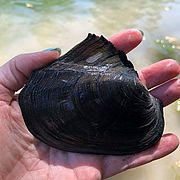
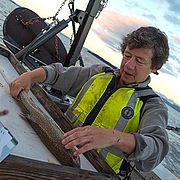
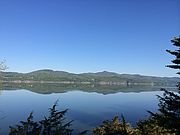
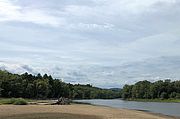

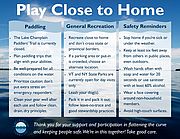
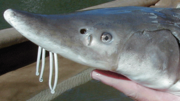
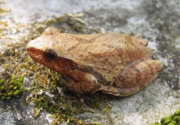
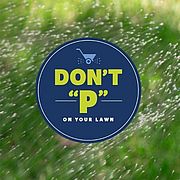

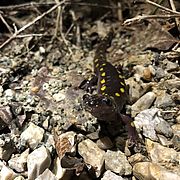
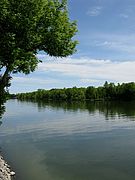
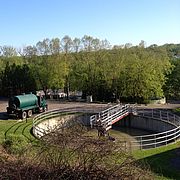
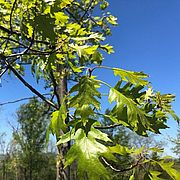














0 Response to "LCC: Mussel mysteries, backyard bliss, don't P, play close to home & more - Vermont Biz"
Post a Comment